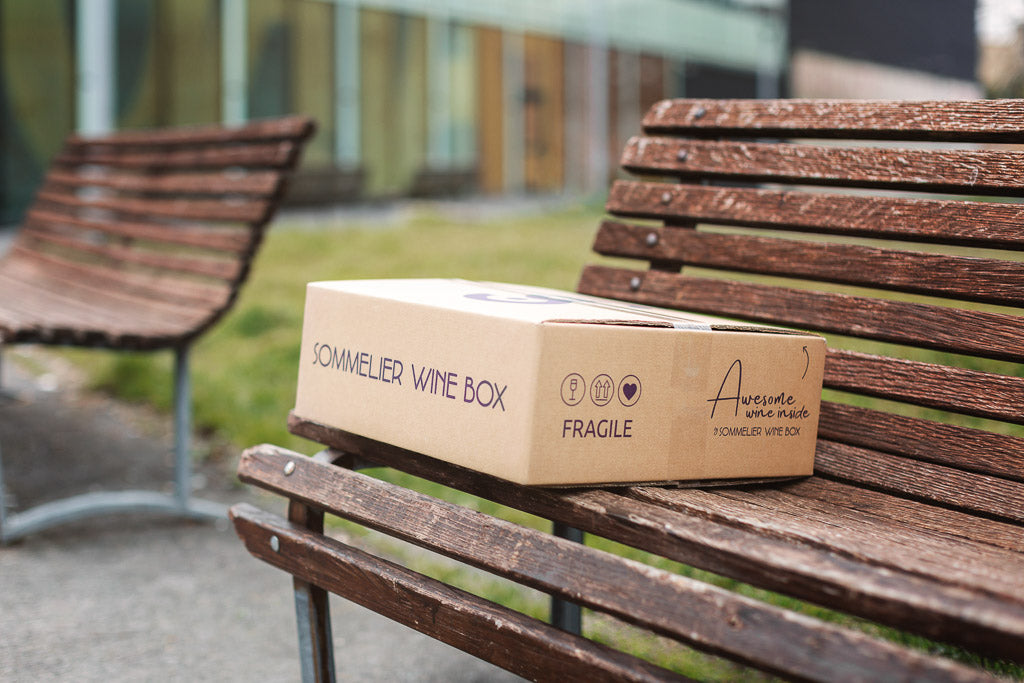Is it difficult to recognize wine blindly? Not if you know how. For those who want to make a great impression, there are some details to know to recognize Cabernet Sauvignon: let's see them together.
Before starting I: blindly recognizing red wines is more complicated than whites. But not impossible. Let's see how to recognize Cabernet Sauvignon.
Before starting II: we at Sommelier Wine Box adopt this rule to distinguish the grape variety from the wine of the same name: the grape in lower case, the wine in capital letters. Let's go!
Cabernet Franc and Cabernet Sauvignon
Both are native black grape varieties of Bordeaux; they are two different but very similar grape varieties, which give life to different wines. Cabernet Franc tends to produce a wine with a light earthy, aromatic scent and less refined on the palate when compared to Cabernet Sauvignon, which is more elegant and which is referred to when the term "Cabernet" is used. Here we are dealing with Cabernet Sauvignon.
These grapes arrived in Italy in the nineteenth century and today it is widespread in practically all regions, where it reflects the characteristics of the soil and climate, maintaining the characteristics of the variety firmly.
An area where it gives the best results is Tuscany: fifty years ago the Supertuscan phenomenon was born, led by the legendary Sassicaia. And then there are the Euganean Hills (Veneto), Collio (Friuli) and Alto Adige.
What type of grape is cabernet?
It is a semi-aromatic vine: when you smell the grape you do not perceive the same aromas that you perceive when you smell the wine but this happens if you chew a grape.
- Read also: never again a silent scene while tasting a wine
What are the typical aromas of Cabernet (wine)?
To recognize Cabernet Sauvignon you need to know its aromas above all.
In fact, this wine has a precise olfactory profile and in particular is recognized by its herbaceous notes: green pepper , tomato leaf ; and then a light note of green pepper . This set of odors is the key to understanding when you are in front of a Cabernet: pyrazines are the molecules responsible for these odors.
To this base, in the best Cabernets there are also added fruity notes (blueberry, blackberry, cherry jam, currant, raspberry), floral notes and Mediterranean aromatic herbs ( eucalyptus , mint ) which emerge especially if the grapes grow in territories very exposed to the Sun.
And finally: vanilla , cocoa , toasted hints depend above all on the aging in wood, if it is done.
How does Cabernet taste?
Cabernets are full-bodied wines, with a good ability to refine in wood and evolve in the bottle. Depending on its origin, it could be a fresh and drinkable wine or a more important red, with great structure and excellent refinement capacity.
- Read also: when is the best time to uncork a bottle?
How does Cabernet evolve?
With refinement in the bottle, the Cabernet improves and takes on smoky notes and more complex hints of undergrowth, the fruit becomes "in spirit" and the dried flowers emerge.
Tips for tasting a Cabernet Sauvignon
Serve it at around 15° C if it is a young Cabernet, around 18° C if aged, in a medium-sized classic red wine glass .
If the Cabernet is young and fresh, sip it paired with a few slices of soppressa .
If you have a more structured Cabernet available, invite your friends and have a barbecue !




